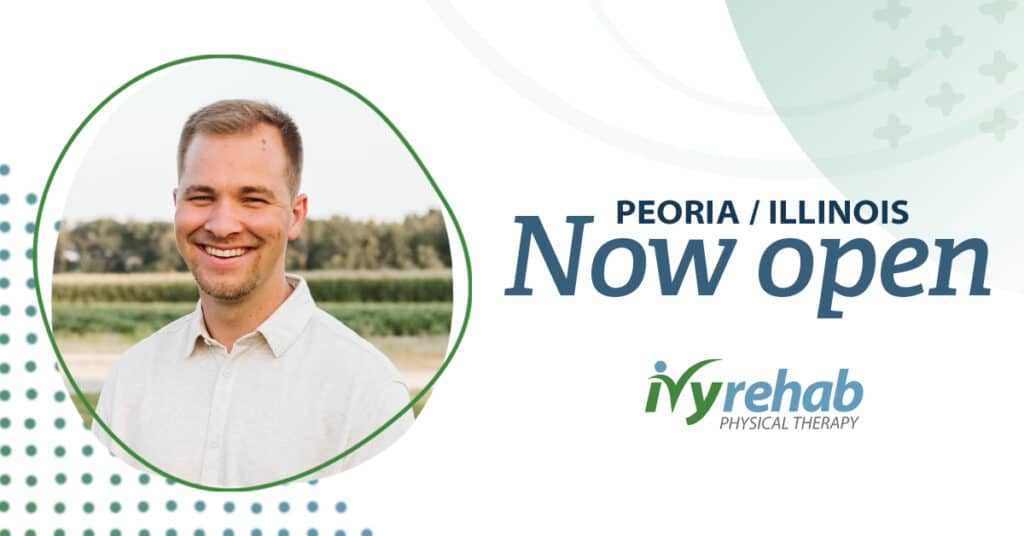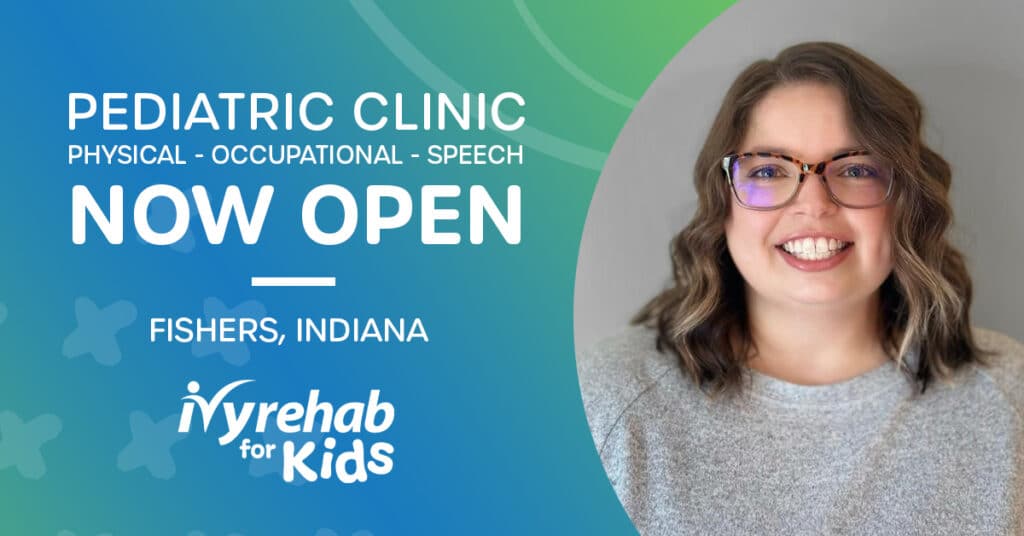While age is a factor in osteoporosis, lifestyle habits and hormonal changes that happen in younger years also play a role. Poor nutrition, lack of exercise, hormonal deficiencies and other bad habits, including smoking and drinking, are major factors in bone disease. In fact, bone loss typically starts in a woman’s mid-30s, around the time estrogen and progesterone begin to drop, and speeds up in the first few years after menopause.
A person can’t feel their bones weakening, so osteoporosis progresses silently. The disease, in which bones become porous and brittle, is more serious in a woman’s elderly years because a fractured leg or hip can be devastating and debilitating. September is Healthy Aging Month, making it a good time to assess your bone health, risk factors, and ways to keep bones strong as you age.
Prevalence of Osteoporosis
Osteoporosis affects both women and men and has major health care costs and implications. There are often no symptoms until a fracture occurs, and there is currently no cure. Globally, 1 in 3 women and 1 in 5 men aged 50 years and older are a risk of an osteoporotic fracture, according to the International Osteoporosis Foundation.
Statistics from the National Osteoporosis Foundation
- About 10 million Americans have osteoporosis and another 44 million have a low bone density
- 80 percent of people with osteoporosis are women
- Caucasian and Asian women, especially post-menopause, are most at risk for osteoporosis
- A woman’s risk of breaking a hip is equal to her combined risk of breast, uterine and ovarian cancer
- Studies suggest approximately 1 in 2 women and up to 1 in 4 men age 50 and older will break a bone due to osteoporosis
- 24 percent of hip fracture patients age 50 and over die in the year following the fracture
- Six months after a hip fracture, only 15 percent of patients can walk across a room unaided
- Every year, of nearly 300,000 hip fracture patients, one-quarter end up in nursing homes and half never regain previous function
- Osteoporosis is responsible for two million broken bones and $19 billion in related costs every year
- By 2025, experts predict that osteoporosis will be responsible for three million fractures and $25.3 billion in costs annually
What Causes Osteoporosis
Bone is living, growing tissue. In young, healthy people, the body continues to make new bone tissue. Healthy bone, viewed under a microscope, looks like a honeycomb. As osteoporosis develops, the holes and spaces in the honeycomb are much larger.
Bone growth and mass peaks by age 30 and starts to decline, accelerating during perimenopause and menopause. Interestingly, how much bone mass you acquired in your youth plays a role in reducing your risk for osteoporosis. Having a higher peak bone mass gives you more bone in the bank as you age. Heredity and ethnicity are also factors in bone mass and developing osteoporosis.
The disease progresses as the body loses too much bone or can’t make enough new bone to keep pace with what is lost. Bones literally start to break down and become porous. The reduced bone mass makes bones weak and fragile, which increases the risk of a fracture.
Once you reach 50 years old and have risk factors or a broken bone, and into your 60s and 70s, you should ask about a bone density test. To diagnosis osteoporosis, doctors use a dual-energy x-ray absorptiometry (DEXA) scan to take an x-ray of your bones. A T-score of -2.5 or lower indicates osteoporosis.
Signs and Symptoms
Although many people have no symptoms until they fracture or break a bone, there are more subtle signs to watch out for:
- Back pain
- Loss of height over time
- Upper back starts curving forward, hunched posture
- A bone that breaks easily, is more severe or takes longer to heal
Many doctors link osteoporosis’ higher prevalence in women to hormonal changes during menopause, as well as other factors:
- Women have smaller, thinner bones than men
- Women often live longer than men, and bone loss happens naturally with age
Other health and lifestyle factors include:
- Have a small, thin frame
- Family history of the disease
- Low on calcium and vitamin D
- Sedentary lifestyle
- Smoking
- Have an eating disorder
- Drink too much alcohol
In addition, certain chronic health conditions and a few medical procedures can increase the risk of osteoporosis:
- Autoimmune disorders including rheumatoid arthritis, lupus, multiple sclerosis
- Digestive disorders such as celiac disease, inflammatory bowel disease, and bariatric surgery
- Gastrointestinal illnesses, gastrectomy, and gastrointestinal bypass procedures
- Blood disorders, leukemia, lymphoma, multiple myeloma, and sickle cell disease
- Breast and prostate cancer
- Neurological disorders such as stroke, Parkinson’s disease, MS, and spinal cord injuries
- Mental illness, depression, and eating disorders
- Endocrine and hormonal disorders including diabetes, thyroid, Cushing’s syndrome, premature menopause, and low levels of testosterone and estrogen in men
- COPD, chronic kidney disease, liver disease, scoliosis, extreme weight loss
Some medications also can contribute to bone loss, especially if you take the medication in high doses or for a long time. You should talk to your doctor about this possible side effect, possibly reducing the dose or other ways to improve your bone health.
Prevention and Treatment Options for Osteoporosis
If you are worried about osteoporosis, take a proactive approach to build strong bones before, during, and after menopause. Stop bad lifestyle habits, start to walk and do weight-bearing exercise, and read and research about supplements that may help. The goal is to prevent further bone loss and strengthen already weak bones.
Treatment for osteoporosis includes:
- Medications
- Menopausal hormone therapy
- Healthy diet
- Supplements including multivitamin, magnesium, calcium, vitamin C and D
If you are able, regular physical activity of any kind helps build stronger bones, build muscle, slow bone loss, and improve balance. These are all important if you are a woman who wants to gracefully age and remain active in your golden years.
Weight-bearing activity is best and involves any activity in which your body works against gravity. This can include:
- Walking
- Cycling
- Yoga or gentle stretching
- Gardening
- Dancing
- Lifting weights
- Low-impact aerobics
- Tennis
- Tai chi
- Running
The good news is osteoporosis is not an inevitable part of aging. By taking measures to prevent it, you can have strong bones well into your 70s and 80s. If you have concerns, bring it up with your doctor or another member of your medical team.
Many people end up in physical or occupational therapy after a fall or bone fracture or to rehab an injury. Our physical therapists have specialized training and certification in orthopedic physical therapy. They will perform an evaluation and develop and train you in a safe, effective individualized exercise program for your bone health needs. Talk to your physical therapist about appropriate exercises, nutrition, and other lifestyle changes that may help keep your bones strong. If you are struggling to get back to 100 percent following a fall or fracture, contact an Ivy Rehab clinic to see how our caring and professional team can help!
Article Reviewed by Holly Lookabaugh-Deur, PT, DSc, GCS, CEEAA
Holly Lookabaugh-Deur, PT, DSc, GCS, CEEAA is a practicing physical therapist and a partner and Director of Clinical Services at Ivy Rehab Network. Deur is board certified as a geriatric clinical specialist and certified exercise expert for aging adults with more than 35 years of clinical experience. She is certified as an aquatic and oncology rehabilitation specialist and serves as adjunct faculty at Central Michigan University and Grand Valley State University.





